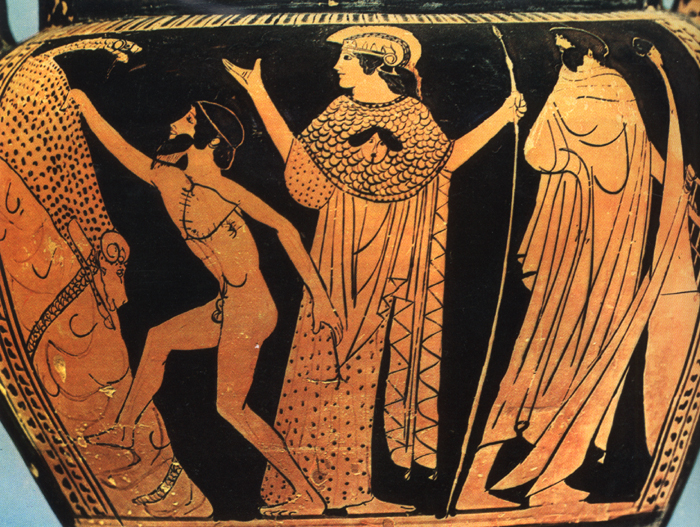More remarkable facts about Georgia

The homeland of the first Europeans
In the early 2000s, on the site of modern town Dmanisi in Georgia, the remains were discovered of the skulls which are estimated to be 1.8 million years old. This event caused a revolution in science and fundamentally changed the outcomes of earlier research in the field of anthropology
The Cradle of wine - making
This happens to be a highly disputed subject, as several countries claim to be the original homelands of wine, but, in our opinion, the facts speak for themselves. The traditional clay pots found in Georgia- called kvevri - are dated to around 8000 BC. In Georgia, there are more than 500 varieties of indigenous grape. Georgian wine-making methods are unique compared to the ones used in other parts of the world. There are vine motifs in the songs, details in the frescoes and the ancient monuments of architecture. We feel that based on this evidence Georgia has a definite right to be known as the birthplace of wine-making!
The homeland of the Golden Fleece and the sorceress Medea, who was believed to be the progenitor of medicine
It was the territory of modern Georgia that Jason and the Argonauts travelled to obtain the Golden Fleece. The kingdom of Colchis was well-known for its great wealth and beautiful women. Even today, in the mountainous villages of Svaneti young men who are getting ready for marriage, spread a sheepskin (fleece) in the mountain rivers, and the gold that settles on it is used for making a golden ring for the bride. Georgians are very fond of this tradition and pass it down from generation to generation.
The place where Europe meets Asia
In the Middle Ages Georgia was a part of the Silk Route. Eastern and Western civilizations had been mixing and mingling on its territory for centuries, and this is the reason for Georgia’s distinctive and unique culture. Georgia is well-known for its tolerance - it had given home to many newcomers regardless of their nationality or religion. It is not widely known, that during the Middle Ages, Georgia was the only country, where Jews were allowed to own private property - they could freely buy land and build houses. Guests of modern Tbilisi will see many historical monuments that emphasise this tradition of tolerance and openness such as a mosque, a synagogue, Armenian and Georgian temples that all co-exist next to one another. The Georgian capital is a truly ancient city with the monuments from Zoroastrian era (5th-6th centuries AD), which can still be seen in the Old Town.
The second country in the world, that adopted Christianity
In 1st century AD Christianity spread across the Black Sea Coast (modern West Georgia), which at the time was a part of the Roman Empire.Georgia officially adopted Christianity in 4th century AD. St. Nino - who introduced Christianity to the king and queen of East Georgia - is still one of our most revered saints.
There are some beautiful monuments in the ancient town of Mtskheta ( 30-minutes drive from Tbilisi). The oldest monastery in the country called Jvari (5th-6th centuries AD) was built on the site where St. Nino set up the cross made from her own hair and vines. The cathedral of Svetitskhoveli (10th century) is where the Shroud of Christ had been preserved. Both monuments are UNESCO World Heritage Sites.

The home to the highest settlement in Europe
The village of Ushguli in a magical region of Svaneti is located at an altitude of 2200 meters above the sea level, at the foot of the mountain Shkara (5068 m), one of the highest peaks in the Caucasus region. In Ushguli a unique type of family watchtowers can be found, which are still used as dwellings by Svans (Georgians). The watchtowers (there are around 200) and the entire village is one of the UNESCO World Heritage Sites.
The country with a unique language and alphabet
Georgian alphabet was created in 3rd century BC and constitutes one of 14 existing alphabets in the world. The most ancient Georgian inscriptions were found in the church near Bethlehem (430 AD) and in the church of Sioni in Bolnisi (495 AD) in Southeast Georgia. The first literary work written in Georgian, The Martyrdom of Shushanik, dates back to 5th century AD.We can talk about Georgia endlessly! The above is just a small taster of all the wonderful things that make Georgia such a fascinating destination to visit.